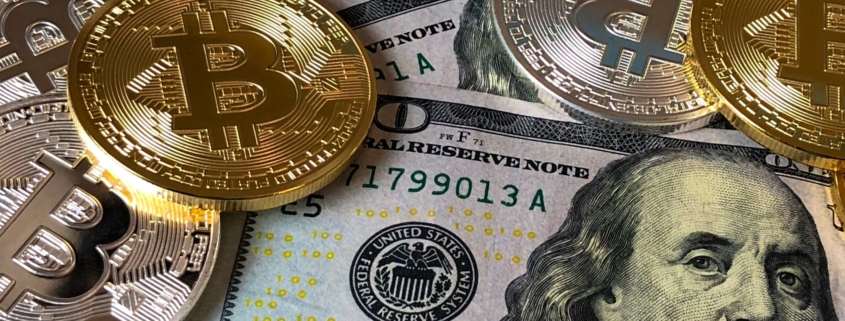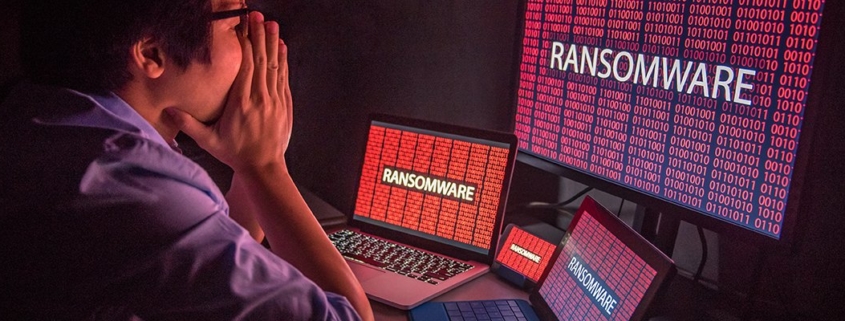Hacking Victims Paid $1.1bn In Ransoms Last Year
New research has revealed the scale of extortion being carried out by cyber criminals against ransomware victims in 2023.
New York-based blockchain analysis firm Chainalysis in its ‘2024 Crypto Crime Report’, found that ransomware payments exceeded $1bn in 2023, which was a record high.
It comes after a similar report from Chainalysis in February 2022 found that roughly 74 percent of all ransomware payments in 2021 had been sent to Russian-linked cyber-criminals.
2022 vs 2023
The latest Chainalysis report found that while 2022 saw a decline in ransomware payment volume, the overall trend line from 2019 to 2023 indicates that ransomware is an escalating problem.
In 2022 the report suggested that several factors had likely contributed to the decrease in ransomware activities two years ago, such as geopolitical events like Russia’s illegal invasion of Ukrainian.
This Ukraine war not only disrupted the operations of some cyber actors, the report stated, but also shifted their focus from financial gain to politically motivated cyberattacks aimed at espionage and destruction.
Last December the UK’s National Cyber Security Centre (NCSC) had warned that Russian intelligence services, namely Centre 18 of Russia’s Federal Security Service (FSB), were carrying out a “sustained” attack on UK politics and the democratic process in this country.
And the Chainalysis report noted that 2023 marks a major comeback for ransomware, with record-breaking payments and a substantial increase in the scope and complexity of attacks.
Watershed year
The Chainalysis report found that in 2023, ransomware actors intensified their operations, targeting high-profile institutions and critical infrastructure, including hospitals, schools, and government agencies.
Indeed, major ransomware supply chain attacks were carried out exploiting the ubiquitous file transfer software MOVEit, impacting companies ranging from the BBC to British Airways.
As a result of these attacks and others, ransomware gangs reached an unprecedented milestone, surpassing $1 billion in extorted cryptocurrency payments from victims, the report found.
Chainalysis called 2023 a watershed year for ransomware.



